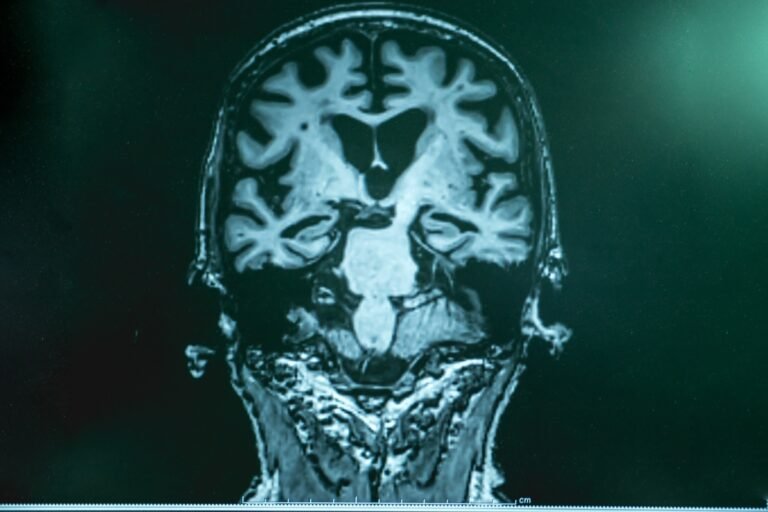As the world’s population ages, Alzheimer’s and dementia are set to create a staggering $14.5 trillion economic crisis, with informal care burdening high- and low-income countries, requiring urgent global policy action.
Study: The global macroeconomic burden of Alzheimer’s disease and other dementias: estimates and projections for 152 countries or regions. Image credit: Atthapon Rakshaput / Shutterstock
A recent study published in The Lancet Global Health has estimated the macroeconomic burden of Alzheimer’s disease and other dementias (ADOD) in 152 countries or regions.
The population is aging rapidly worldwide, with the proportion of people aged ≥ 65 years expected to double by 2050. The United Nations General Assembly (UNGA) has declared 2021-30 the Decade of Healthy Aging, promoting global, long-term partnerships to improving the lives of older people, their families and the communities in which they live.
ADODs pose a serious threat to this initiative. These conditions are neurodegenerative disorders that affect the elderly and inhibit their mobility, cognitive ability, activities of daily living and independence. About 57 million people had ADOD in 2019, and it is estimated that by 2050, ADOD will affect 153 million people.
Studies evaluating the economic impact of ADODs have mainly focused on the cost of illness. Alternative strategies consider the willingness-to-pay perspective. In contrast, macroeconomic models, such as the Augmented Health Macroeconomic Model (HMM) and Economic Predictions of Illness and Treatment Costs (EPIC), assess the broader economic impact.
The study and findings
In the present study, the researchers estimated the global macroeconomic burden of ADODs using an HMM. They used data from 152 countries/territories, including morbidity and mortality data, World Bank savings rates and gross domestic product (GDP) forecasts. In the current HMM, ADODs affect the economy through reduced human or physical capital through four different pathways – 1) morbidity, 2) mortality, 3) formal care and treatment costs, and 4) informal care.
GDP was compared from 2020 to 2050 in a scenario without interventions to reduce ADOD morbidity and mortality and another scenario where ADODs were absent. The macroeconomic burden was calculated as the difference in the estimates of projected GDP between these two cases. The researchers also performed multiple sensitivity and uncertainty analyses, accounting for variations in prevalence, morbidity, mortality, hours of care, currencies, and discount rates.
China, the United States and Japan presented the largest economic burden of ADODs, amounting to 2,961 billion international dollars (INT$). The United States and Japan followed China with a charge of $2.331 billion INT and $1.758 billion INT, respectively. ADOD costs ranged from 0.059% of GDP for Guinea-Bissau to 1.463% for Japan. Per capita estimates ranged from INT$12 in Burundi to INT$15,049 in Japan.
Globally, the cumulative cost of ADODs was INT$14,513 billion between 2020 and 2050. This figure was equivalent to a per capita burden of INT$1,728 or a tax of 0.421% of global GDP. The total cost was INT$21,106 billion at a zero discount rate and INT$12,115 at a 3% discount rate. Additionally, the East Asia and Pacific region had the highest burden at INT$5,759 billion, followed by Europe and Central Asia (INT$4,530) and North America (INT$2,562).
In addition, the burden of ADODs increased with income, and high-income countries had the highest burden at 8,989 billion INT$ and 7,514 INT$ per capita. Conversely, ADODs cost $51 billion and $70 per capita in low-income countries. The economic burden was not distributed according to disability-adjusted life years (DALYs) and population size. For example, South Asia accounted for about one-fifth of the DALYs in 2050, but only 3.88% of the global economic loss in 2020-50.
North America accounted for 4.6% of DALYs in 2050, but 17.6% of the global economic loss in 2020-50. By 2050, middle- and low-income countries will contribute 74.1% of DALYs as the share of DALYs in high-income countries declines. In addition, the team examined the influence of varying duration of informal care and estimated global costs between $11.986 billion INT and $19.554 billion INT.
In addition, the team modeled a hypothetical 40% reduction in ADODs, given the Lancet Commission’s report that 40% of dementias could potentially be delayed or prevented. This modeling projected a 28.6% reduction in global burden to INT$10,358 billion. In particular, informal care accounted for the largest share of the global cost of ADODs in all regions, with the highest proportion in lower-income countries. Official costs of care and treatment were higher in high-income countries.
conclusions
Together, the study estimated the global macroeconomic burden of ADODs at INT$14,513 billion in 2020–50, representing the loss of labor and capital from ADOD morbidity, mortality and informal care. The health and economic burden was unevenly distributed. the East Asia and Pacific region had the largest economic burden.
Limitations of the study include the reliance on assumptions for predictions of prevalence, morbidity, mortality, labor participation and GDP, and the lack of country-specific information on formal care and treatment costs. In addition, the study covered 152 countries, or about 93% of the world’s population, leaving 7% missing.
